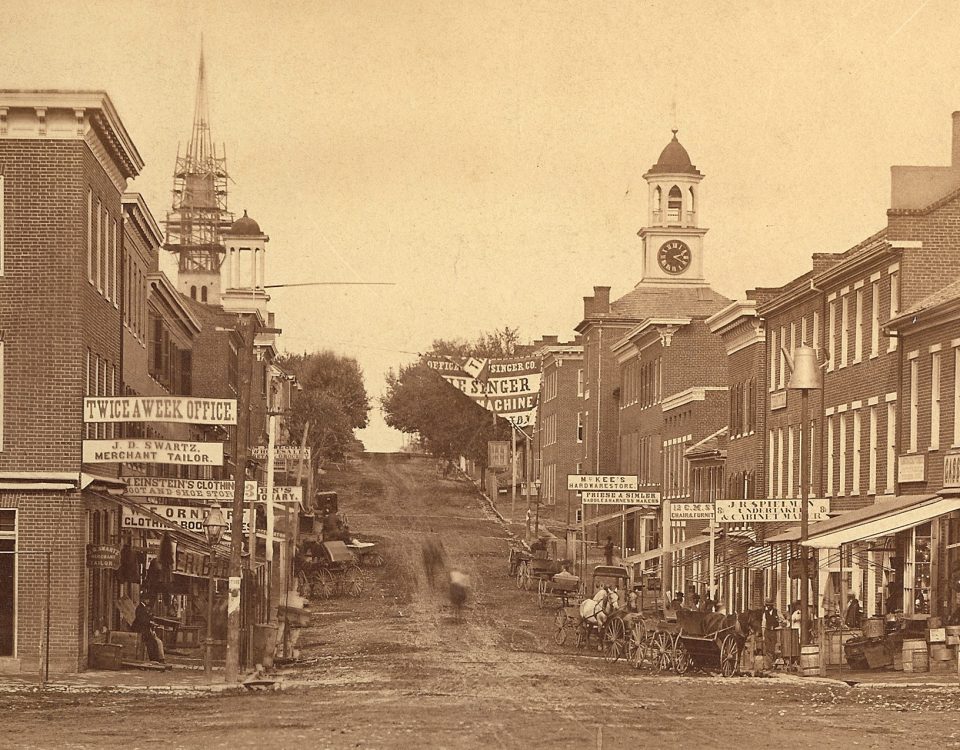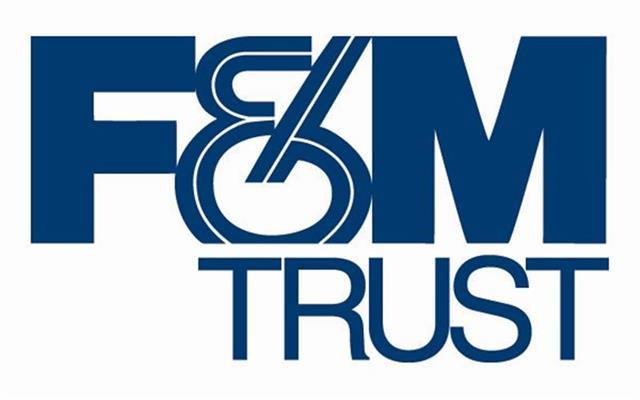Spotlight on Jonathan Street
In honor of Black History Month, this article will focus on Hagerstown’s historic Jonathan Street Neighborhood, specifically with regards to its formation and notable historic sites.
Described by author Lynn Bowman as “a story of America in miniature,” Hagerstown’s Jonathan Street Neighborhood is a historic African-American community. Although Jonathan Street existed prior to 1865, scholars agree that the Jonathan Street Neighborhood was formed after the Civil War, when African Americans were bound by segregation laws that restricted their movement and opportunities. In an effort to overcome these stringent laws, African-Americans created their own community along Jonathan Street. It was here that many historic African American owned businesses such as the Harmon Hotel thrived.
The Jonathan Street Neighborhood houses many historic sites including the home sites of the Moxley brother’s and Jacob Wheaton, the first Black man to vote in the state of Maryland. An important site was the Harmon Hotel. Built at the turn of the twentieth century and situated at 226 N. Jonathan Street, the Harmon Hotel was owned by well-known African-American
entrepreneur Walter Harmon. During the segregation era, the Harmon Hotel was the only place for visiting African-Americans to stay in Hagerstown. It was at the Harmon Hotel that baseball legend Willie Mays stayed during his professional debut at Hagerstown’s Municipal Stadium.
Another notable historic site is the home at 335 N. Jonathan Street. Built in the 1890s, the home was purchased in 1946 by Edgar Moxley, whose father, Robert, was an original member of Moxley’s Band. Formerly enslaved brothers Robert, Joseph, and Perry Moxley founded the band in 1854. In 1863, the 11-member band joined the First Brigade of the U.S. Colored Troops in exchange for manumission. Moxley’s Band was a popular Jonathan Street community cornet and drum band. Along with playing at military parades and ceremonies, Moxley’s Band was used to recruit other slaves in the region for military service. Before being demolished in 2019, the home served as a practice space for the 1940s revival of Moxley’s band.
With regards to places of worship, perhaps no Jonathan Street congregation is as historic as the Asbury United Methodist Church. Providing community and unity to members of the Jonathan Street Community, the Asbury United Methodist Church was founded in 1818. At 202 years of age, it is the oldest African-American church in Hagerstown.
The history of Hagerstown’s Jonathan Street Community is complex and layered. It has pioneers like Jacob Wheaton, entrepreneurs like Walter Harmon, and performers like Robert, Joseph, and Perry Moxley. It has historic sites like the Harmon Hotel, Asbury United Methodist Church, and a
cabin on land once owned by Hagerstown’s founder, Jonathan Hager. But not all of Jonathan Street’s historic sites are positive ones. The old jail on Jonathan Street and the stone auction block where enslaved persons were sold as property, act as sobering examples of the inhumane
practice that was chattel slavery.
Hagerstown’s Jonathan Street Neighborhood has a complicated, important history that cannot be accurately articulated in one article. For further reading, check out Ten Weeks on Jonathan Street: The Legacy of 19th Century African-American Hagerstown, Maryland, by Lynn Bowman. Professor Bowman’s book is available via the link below.
https://www.researchgate.net/publication/341553090_Ten_Weeks_on_Jonathan_Street_The_Legacy_of_19_th_Century_African_American_Hagerstown_Maryland




















